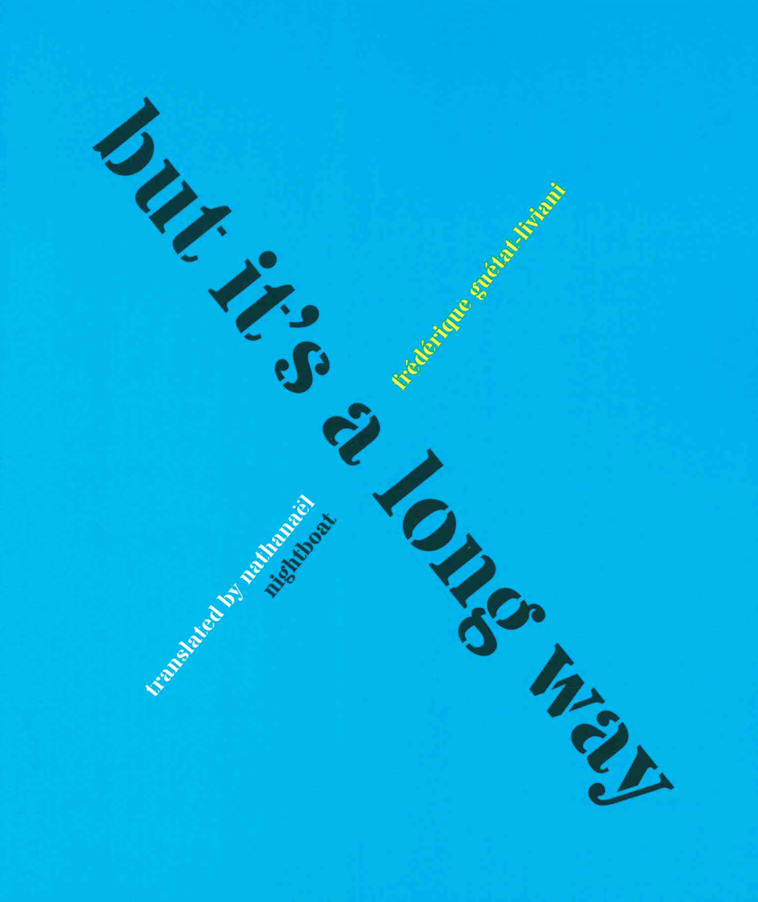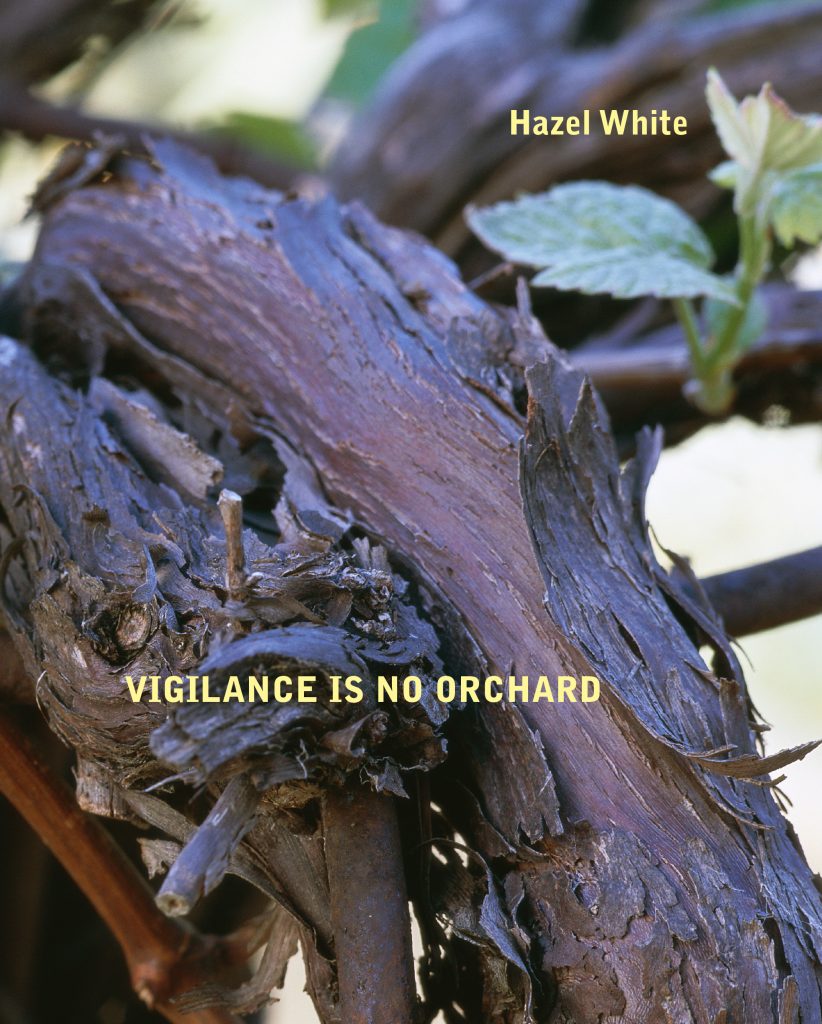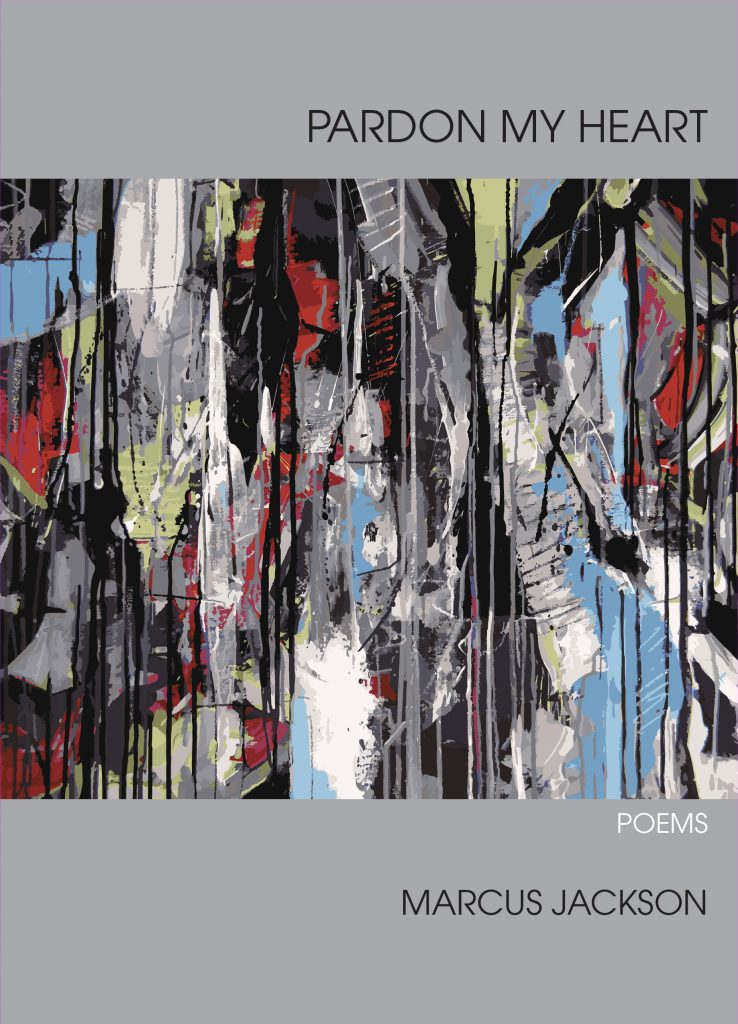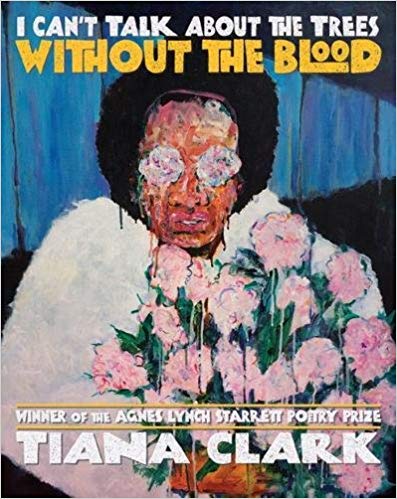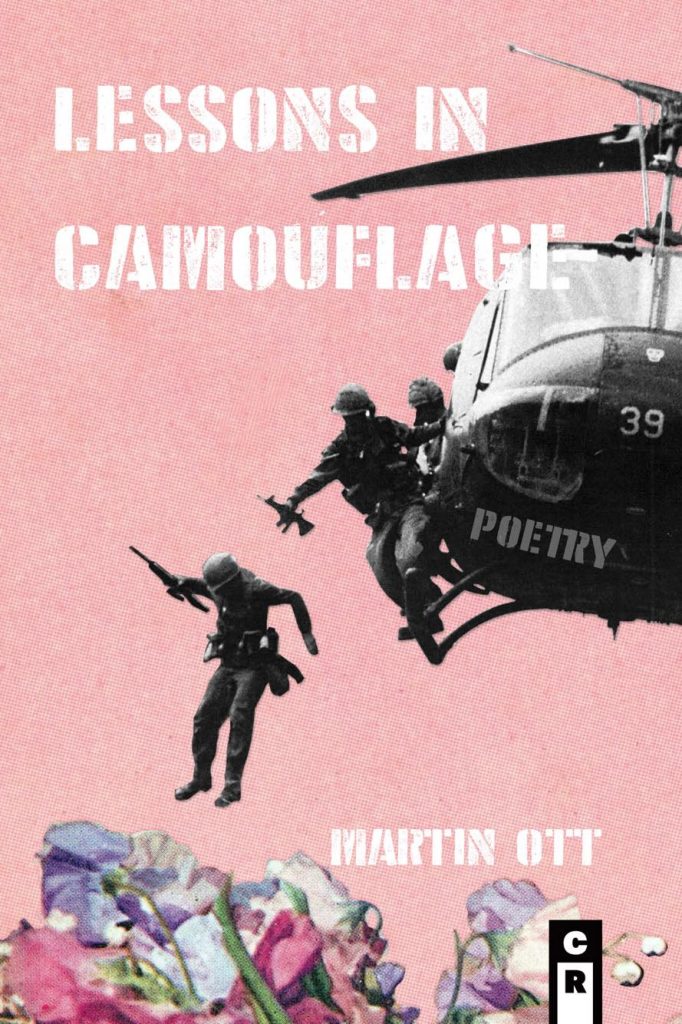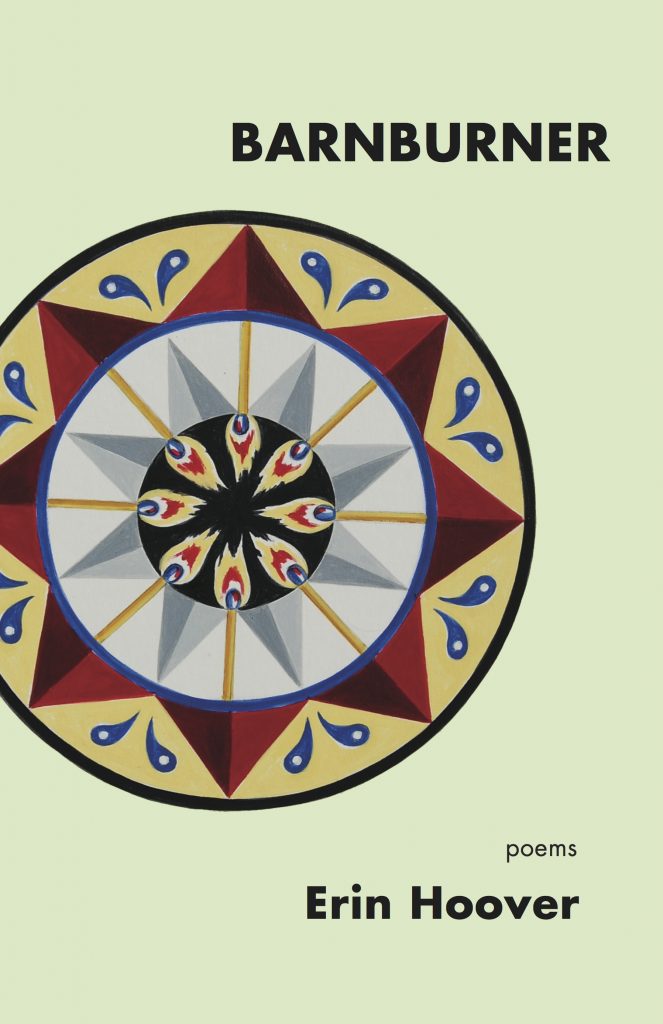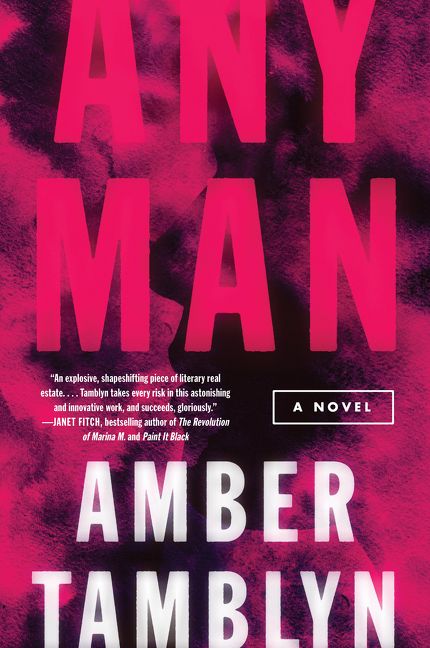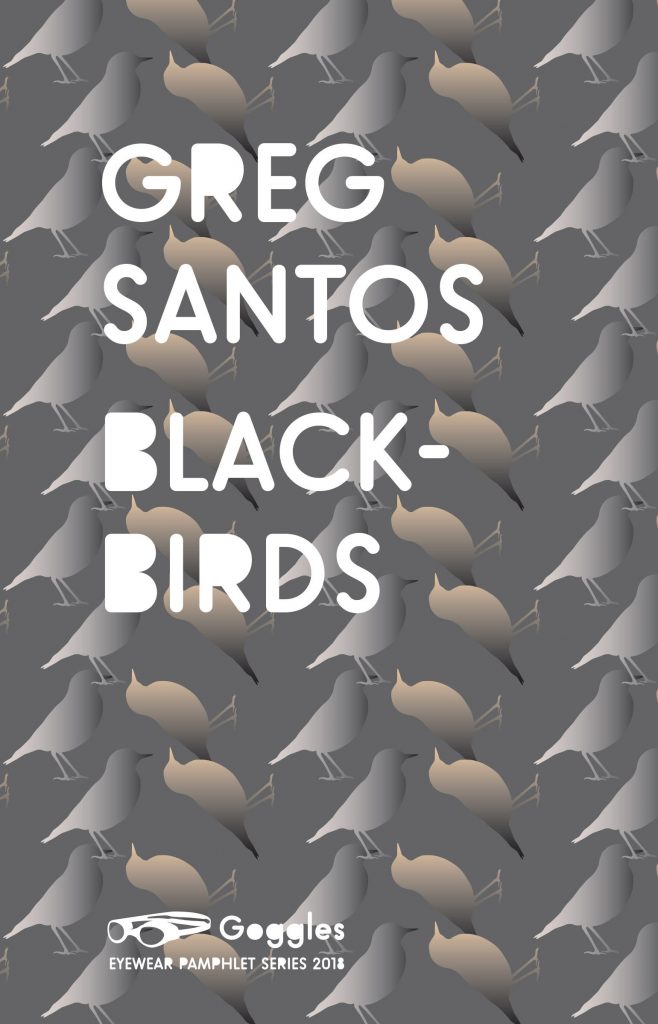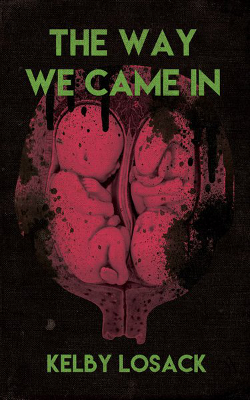
(Broken River Books, 2018)
REVIEW BY GABINO IGLESIAS
—
There are two kinds of crime fiction. One kind is written by authors who think people do bad things because they are bad. The second kind, the kind that matters, is written by writers who understand that there is a plethora of reasons why someone would commit a crime. In the latter group, the authors producing the best, most authentic narratives are those who have been in direct contact with people like that and have experienced those situations. These authors possess a deep, nuanced understanding of the psychogeography of crime. Their work is generally devoid of judgement and representations that border on caricatures. Author Kelby Losack belongs to this group, and his work is a raw, visceral representation of desperation, hustling, and lives where there is no space to even fathom upward social mobility.
In The Way We Came In, Losack’s latest novel, a couple of brothers get together after one of them is released from prison. They have to make money to pay their rent, but regular work won’t give them enough, and they’re running out of time. What they need to do is clear, and it involves drugs and guns. It’s a path followed by many before them, and it’s supposed to happen smoothly, but things go south. They come up with a plan to stay afloat, but that also goes bad. Without the money they needed or the drugs to sell and after a failed attempt at fixing everything at once, the brothers end up in the hands of a man who plans to take their life for what they tried to do to him.
The Way We Came In is a tense, too-real story about coming up with a hustle when every other course of action is impossible. It is a narrative about need and desperation, but also about trying to do the right thing first and brotherly love. Losack explores the special relationship between brothers who love each other and trust each other in a way you can’t trust most people. These men share a gloomy past and the loss of their mother, and that pain brings them together above and beyond their blood. As with his previous novel, Heathenish, there is an unexpected emotional dimension to The Way We Came In that pushes it into an interstitial space between hardcore crime fiction and literary fiction.
There are many elements that work together to make this a required read for crime fiction fans (or fans of the unique type of narratives Losack writes, which I’ve always called hoodrat noir), and tension is at the top of that list. This novel moves forward at breakneck speed, and the action and tension ramp up at the same pace. Short chapters, explosive action sequences, and superb economy of language add to that:
“I jumped at the sound of knuckles rattling the screen door. You grabbed the burner off the table and for a few seconds, we sat motionless, staring at the front door. The rapper said, “Me desperté sintiéndome como si estuviera en la luna.” The second knock came heavier, more tenacious. I jumped again. You whispered, “Hide it,” waving a hand over all the yayo. While you crept to the window to cop a glance behind the bed sheet curtain, I held the unzipped lip of a backpack to the table’s edge and swept up all the contraband with my arm, then I shouldered the bag and spun around, ready to follow if you bolted, but you had tucked the gun in the back of your jeans and were reaching for the door knob, scratching your temple and shaking your head the way you do when you’re trying to suppress a laugh.”
While there is nothing quite like what Losack is doing in contemporary literature, the mix of real life struggles and keen observations are somewhat reminiscent of underground literary legend Peter Plate. Just like Plate did with San Francisco, Losack is a chronicler of the everyday struggles of folks on the verge between the right and the wrong side of the tracks. In The Way We Came In there are guns and drugs and people doing bad things, but they are not cutouts of criminals; they are people forced into illegal hustles. This lack of judgmental writing makes Losack’s work shine. He knows poverty, humanity, and doing whatever it takes while ignoring potential consequences are the holy trinity of crime in real life, and he brings that to the page beautifully. Furthermore, he does so while showing that the streets have many levels, and not everyone is on the same one despite sharing the same spaces:
“A vagrant who’d been begging at the intersection shuffled in on concrete-spattered tennis shoes. The toes of his shoes were split open so it looked like they were yawning when he walked. The old lady humming gospels smiled at him as he passed. The vagrant spent a good long minute in
the restroom and came out with beads of water dripping down his dreadlocked beard. He sat on a stool beneath a small analog television that hung from the ceiling. He watched a sitcom, laughing every time the studio audience laughed, and even when they didn’t. His laugh was a raspy cackle that was often followed by a red-faced coughing spell.”
Three quarters of the way into this books I was thinking: “Watch out, crime writers! Heathenish announced the arrival of an exciting new voice, but The Way We Came In proves Losack isn’t here to play.” Then I kept reading and reached the last two pages of the book. Losack had been holding out, keeping a piece of surreal magic in his pocket, like a desperate man trying to tell a story while holding an ounce in his fist. When I read the ending, my mind changed and my warning morphed into a decree: “Go home folks, the king of hoodrat noir is here and the game is over.”
—
Gabino Iglesias is a writer, journalist and book reviewer living in Austin, Texas. He is the author of Zero Saints and Coyote Songs. He is the book review editor for Pank Magazine, and a columnist at LitReactor. You can find him on Twitter at @Gabino_Iglesias.
![[PANK]](https://pankmagazine.com/wp-content/themes/pank/assets/images/pank-logo-large.png)

